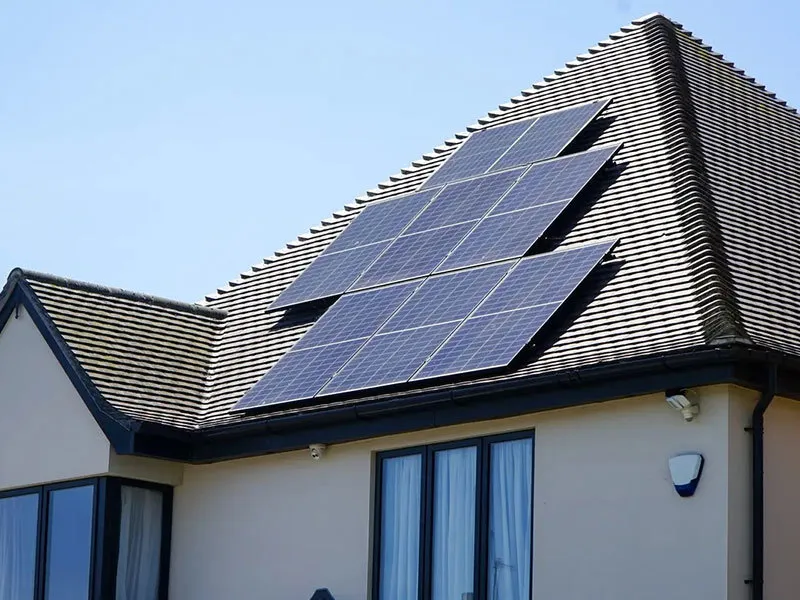Solar Panel Efficiency
Understanding Solar Panel Efficiency A Key to Sustainable Energy
Solar energy has emerged as one of the most promising solutions for reducing our reliance on fossil fuels and combating climate change. Central to this renewable energy technology is the efficiency of solar panels, which directly impacts their performance and the overall effectiveness of solar power systems. But what exactly does solar panel efficiency mean, and why is it so crucial for a sustainable future?
Solar panel efficiency refers to the ability of a solar panel to convert sunlight into usable electricity. It is usually expressed as a percentage, indicating how much of the solar energy hitting the panel is transformed into electrical power. For instance, if a solar panel has an efficiency of 20%, it means that 20% of the sunlight it receives is converted into electricity, while the remaining 80% is lost in various forms—such as heat or reflection.
Several factors influence the efficiency of solar panels, including the type of photovoltaic (PV) cells used, the quality of materials, the design of the panel, and environmental conditions. There are primarily three types of solar cells monocrystalline, polycrystalline, and thin film. Monocrystalline solar panels are known for their high efficiency, often exceeding 20%, due to the purity of silicon used in their manufacture. Polycrystalline panels are generally less efficient, ranging between 15% and 20%, but they are often more affordable. Thin-film solar cells, while lightweight and flexible, usually offer the lowest efficiency, around 10% to 12%, but they have competitive advantages in certain applications.
solar panel efficiency

One of the key challenges facing the solar industry is increasing the efficiency of solar panels while simultaneously reducing costs. As research and development continue, innovations such as bifacial panels, which capture sunlight from both sides, and tandem cells, which layer different materials to harness a broader spectrum of light, are progressively enhancing the potential of solar technology. These advances not only improve efficiency but can also make solar energy more accessible to a wider audience.
The implications of higher solar panel efficiency are profound. Higher efficiency means that more energy can be generated from a smaller surface area, which is particularly beneficial in space-constrained environments such as urban areas. This allows homeowners, businesses, and institutions to maximize their energy production without needing to install a prohibitive number of panels. Furthermore, as efficiency improves, the cost per watt of solar energy continues to decline, making solar installations an increasingly attractive option for energy generation.
In addition to technological advancements, government policies, incentives, and public awareness play crucial roles in promoting the use of solar energy. As more individuals and businesses recognize the long-term financial and environmental benefits, the market for solar panels is expected to grow significantly.
In conclusion, solar panel efficiency is a cornerstone of solar energy technology. As we push towards a more sustainable energy future, understanding the intricacies of solar panel efficiency will be vital. By investing in efficient solar technology, we can enhance energy production, lower costs, and make significant strides toward a cleaner, more sustainable planet. With continued innovation and support, solar energy has the potential to become the dominant source of electricity worldwide, paving the way for a greener future.
-
Unlocking Energy Freedom with the Off Grid Solar InverterNewsJun.06,2025
-
Unlock More Solar Power with a High-Efficiency Bifacial Solar PanelNewsJun.06,2025
-
Power Your Future with High-Efficiency Monocrystalline Solar PanelsNewsJun.06,2025
-
Next-Gen Solar Power Starts with Micro Solar InvertersNewsJun.06,2025
-
Harnessing Peak Efficiency with the On Grid Solar InverterNewsJun.06,2025
-
Discover Unmatched Efficiency with the Latest String Solar InverterNewsJun.06,2025







